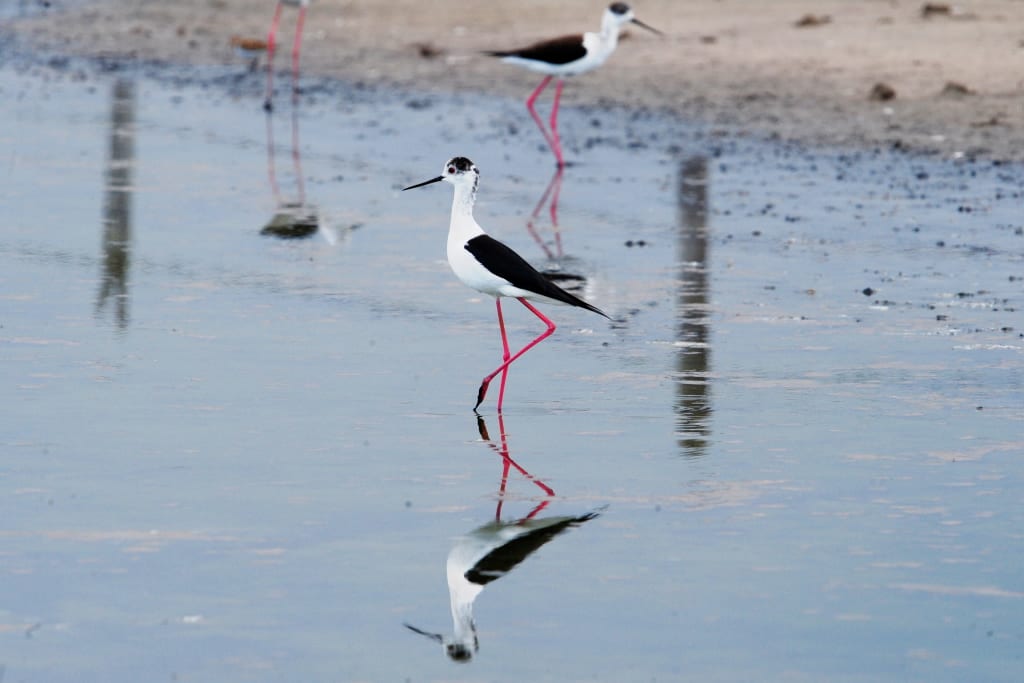CortoAnimation
And the moon stands still – 10’43’’, regia di Yulia Ruditskaya, Bielorussia, 2017
(E la luna è ancora lì) La presenza della luna influenza tutto col suo bagliore. Il cortometraggio esplora le varie fasi lunari in maniera poetica e originale, attraverso l’energia invocata dal suo splendore, tra le difficoltà e la vita di tutti i giorni. Basato sul racconto “The witcher” di Aleksey Tolstoy.
The presence of the moon affects all under its glow. The film explores the lunar cycle in poetic and originally way and the energies invoked by its radiance, among troubles and everyday lifetime. Based on the fairy tail “The witcher” by Aleksey Tolstoy.
Chika, die Hündin im Ghetto – 16’21’’, regia di Sandra Schießl, Germania, 2016
(Chika, il cane del ghetto) Mikasch è un bambino di 5 anni che vive nel ghetto ebraico di una città polacca insieme ai suoi genitori e all’amatissimo cane Chika, che lo aiuta a sopportare la persecuzione di cui è vittima. Purtroppo, nella II Guerra Mondiale agli ebrei era proibito avere animali domestici e un ufficiale tedesco obbliga Mikasch a disfarsi di Chika, ma il bambino si dispera e si oppone con tutte le sue forze finché a suo padre viene un’idea.
(Chika, the dog in the ghetto) Mikasch is a 5 year old who lives in a Jewish ghetto in a Polish city with her parents and the beloved dog named Chika, which helps him to endure persecution being inflicted. Unfortunately, during World War II it was forbidden for Jews to have pets and a German officer obliged Mikasch to dispose of Chika, but the child is desperate and opposed with all his strength until his father gets an idea.
Icky – 5’55’’, regia di Parastoo Cardgar, Iran, 2017
(Rivoltante) In un mondo in cui le persone hanno la testa a forma del cubo di Rubik c’è un ragazzino che vede e pensa in modo differente da tutti gli altri. Non riesce a omologarsi, le sue tessere colorate non seguono gli standard della comunità e tutti lo guardano in modo quasi riprovevole. Ma forse non sono tutti così…
In the world of people with Rubik’s cube head, there is a kid who is different from the others. He can’t adapt, his coloured tiles do not follow the standards of the community and everyone looks at him almost reproachfully. But maybe they are not all like this.
Our wonderful nature: the common chameleon – 3’32’’, regia di Tomer Eshed, Germania, 2016
(Natura meravigliosa: il camaleonte comune) Le abitudini alimentari del camaleonte come non lo avete mai visto prima. Un animaletto così piccolo, pigro e ingordo, ma tanto simpatico.
The feeding habits of the common cameleon as never seen before. A small animal, lazy and greedy but also so nice.
Plush Assassin – 2’22’’, regia di Anca Mihai, Romania, 2017
(Killer di peluche) Nella stanza di una bambina, una piccola volpe di peluche combatte contro il crudele gatto di casa per difendere tutti gli altri giocattoli. Riuscirà nell’impresa?
In a little girl’s room, a plush fox fights against the villainous house cat in order to protect all toys. Will he succeed?
The moon is essentially gray – 4’34’’, regia di Hannah Roman, USA, 2016
(La luna è essenzialmente grigia) Una bambina, il suo razzo improvvisato e il suo fantastico volo sulla luna. Il film esplora il ruolo che l’escapismo svolge nella vita dei bambini che subiscono una qualche forma di negligenza o di abbandono da parte dei loro genitori ed è, in ultima analisi, la lotta per ottenere (o riconquistare) il potere personale, la gioia e la libertà.
A young child, her makeshift rocket, and her fantastic flight to the moon. The film explores the role escapism plays in the lives of children who suffer some form of neglect or abandonment by their parents, and is ultimately about the struggle to gain (or regain) personal power, joy, and freedom.
Where have the flowers gone? – 6’23’’, regia di Sin-hong Chan, Cina, 2016
Un maialino segue il sogno di lavorare in una grande fabbrica, ma scopre presto che tutti gli sforzi sono vani e che troppa fatica porta alla morte. Ispirato ai film classici muti, Metropolis e Tempi Moderni. Il titolo proviene dalla canzone “Dove sono finiti i fiori?” in cui i fiori scomparsi vengono usati come allegoria della gente che scompare in guerra. Questo maialino è il simbolo dell’individuo che perde sé stesso nella metropoli.
A piggy pursuing dream in the big factory but in reality all efforts seemed powerless and even kill himself. The concept is inspired by the classic movies of the silent era, Metropolis and Modern Times. The title is coming from the song ‘Where have all the flowers gone?’ Original song uses the disappearing flowers, telling disappearing people in the war. The piggy is a symbol of losing his mind in the big city.
A PAGINA 3 – I FINALISTI DELLA SEZIONE CORTODOC
A PAGINA 4 – I FINALISTI DELLA SEZIONE CORTOFICTION INTERNATIONAL
A PAGINA 5 -I FINALISTI DELLA SEZIONE CORTOFICTION ITALY
A PAGINA 6 – I FINALISTI DELLA SEZIONE CORTOMUSIC







